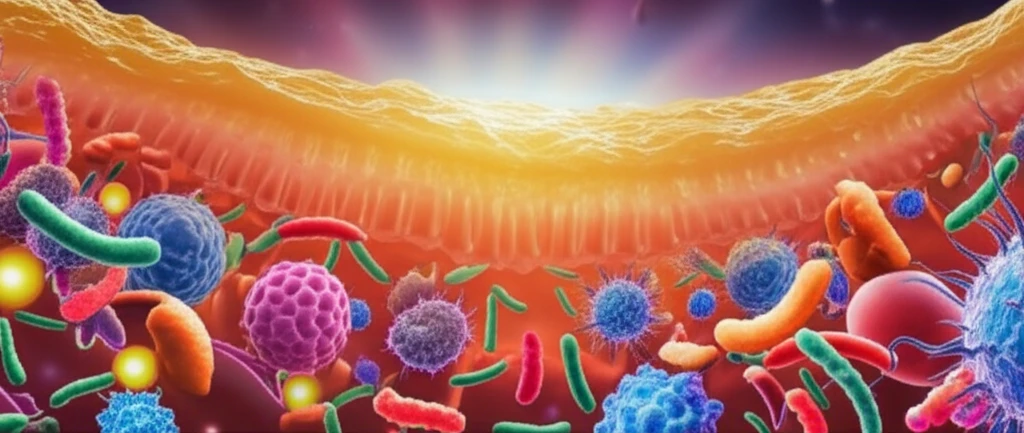
Decoding the Body's First Line of Defense: Unveiling the Secrets of Mucins and Their Impact on Health
"Scientists Discover New Insights into Human Mucins MUC2 and MUC6, Revealing Their Crucial Roles and Genetic Variations."
Our bodies are marvels of biological engineering, constantly working to protect us from a hostile environment. One of the key players in this intricate defense system is mucus, a sticky, gel-like substance that lines our gut, lungs, and other vital organs. Mucus acts as a barrier, protecting us from pathogens, environmental toxins, and even the harsh acids of our own digestive system. At the heart of this protective layer are mucins, complex proteins that give mucus its unique properties.
Recent research, published in Scientific Reports, sheds new light on two crucial human mucins: MUC2 and MUC6. These mucins are primarily found in the gut and stomach, respectively, where they play essential roles in maintaining the delicate balance of our internal environment. The study, conducted by researchers at the University of Gothenburg in Sweden, utilized advanced sequencing techniques to unlock the secrets of these complex molecules, revealing new insights into their structure, function, and genetic variability.
This groundbreaking research not only deepens our understanding of these essential proteins but also opens new avenues for exploring their connection to various diseases. By unraveling the complexities of MUC2 and MUC6, scientists are paving the way for innovative diagnostic tools and potential therapeutic interventions. This article delves into the key findings of this study, explaining the significance of mucins, their role in health, and the exciting implications for the future of medicine.
What are Mucins, and Why Are They So Important?

Mucins are large, heavily glycosylated proteins, meaning they have sugar molecules attached to them. This unique structure gives mucins their gel-like consistency, allowing them to form a protective barrier. Imagine a network of interwoven threads; this is how mucins create the mucus layer. This layer is not just a physical barrier but also plays a vital role in the immune system. Mucins trap pathogens, preventing them from reaching the underlying tissues. They also provide a habitat for beneficial bacteria, contributing to the health of the gut microbiome.
- Physical Barrier: Mucins create a physical barrier, preventing pathogens and harmful substances from reaching underlying tissues.
- Immune Defense: Mucins trap pathogens, making them easier for the immune system to identify and eliminate.
- Microbiome Support: Mucins provide a habitat for beneficial bacteria, promoting a healthy gut microbiome.
- Lubrication: Mucus lubricates the digestive tract, allowing for smooth passage of food.
- Protection: Mucins protect the lining of the stomach and intestines from damage.
Looking Ahead: The Future of Mucin Research
The discovery of MUC2 and MUC6 are at the front line to understanding the complex roles mucins play in maintaining our health. As research progresses, we can anticipate new approaches to diagnosing and treating gastrointestinal disorders, including inflammatory bowel disease (IBD) and gastric ulcers. This is a big breakthrough. With advances in sequencing technologies and analytical tools, researchers are poised to uncover more secrets of these fascinating molecules, and ultimately, improve human health.
